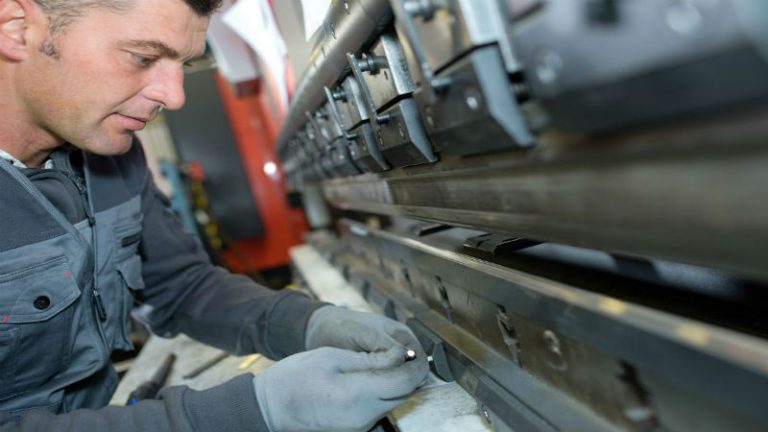For any type of prototype or production welding required on a small or large project, it may be tempting for an Original Equipment Manufacturer (OEM) to consider hiring in-house welders.
While on the surface the idea of hiring welders, and running welding services internally as OEM may have its appeal, there are some very important considerations to keep in mind. By carefully examining the potential challenges of operating in-house versus contracted welding services, it will be clear why most small or large companies choose to contract.
Space Requirements
In any production, manufacturing or fabrication facility, space is always an issue. Adding welding services often means the need to reconfigure internal space or to add onto a facility.
Not only is this costly, but there will be long-term maintenance costs and other factors to consider. Depending on the type of building and the location, this add-on or reconfiguration may not be possible.
Equipment Costs
Staying on top of the latest technology and welding systems is costly for business. This is even more of a factor for robotic welders that are a high initial investment in both the welder and the technology. In addition, portable welders, MIG and TIG welding systems and Stick welding systems will need to be considered.
Consumables are another factor with welding. These are supplies that will need to be continually replenished during operation, adding to the ongoing equipment and materials costs.
Professional Welders
Keep in mind that bringing on new employees also has costs to consider. Hiring, onboarding and salaries and benefits for the welders need to be considered as part of the costs of adding this to your production capabilities.
By working with contracted welding services, all you to focus on is finding a top partner to complete the welding required. It makes budgeting and planning much easier and allows for scalability that is not possible or practical with in-house welding.


